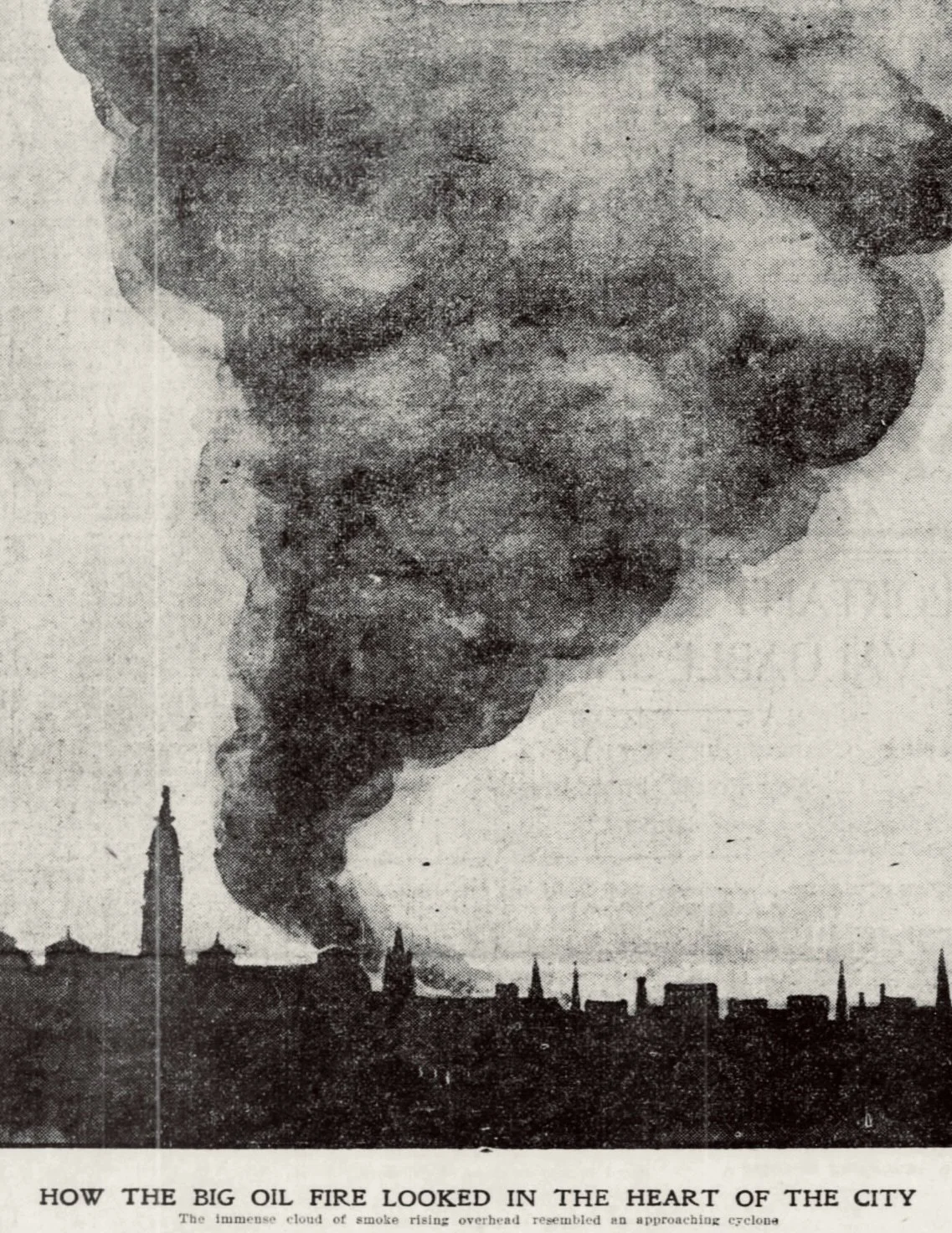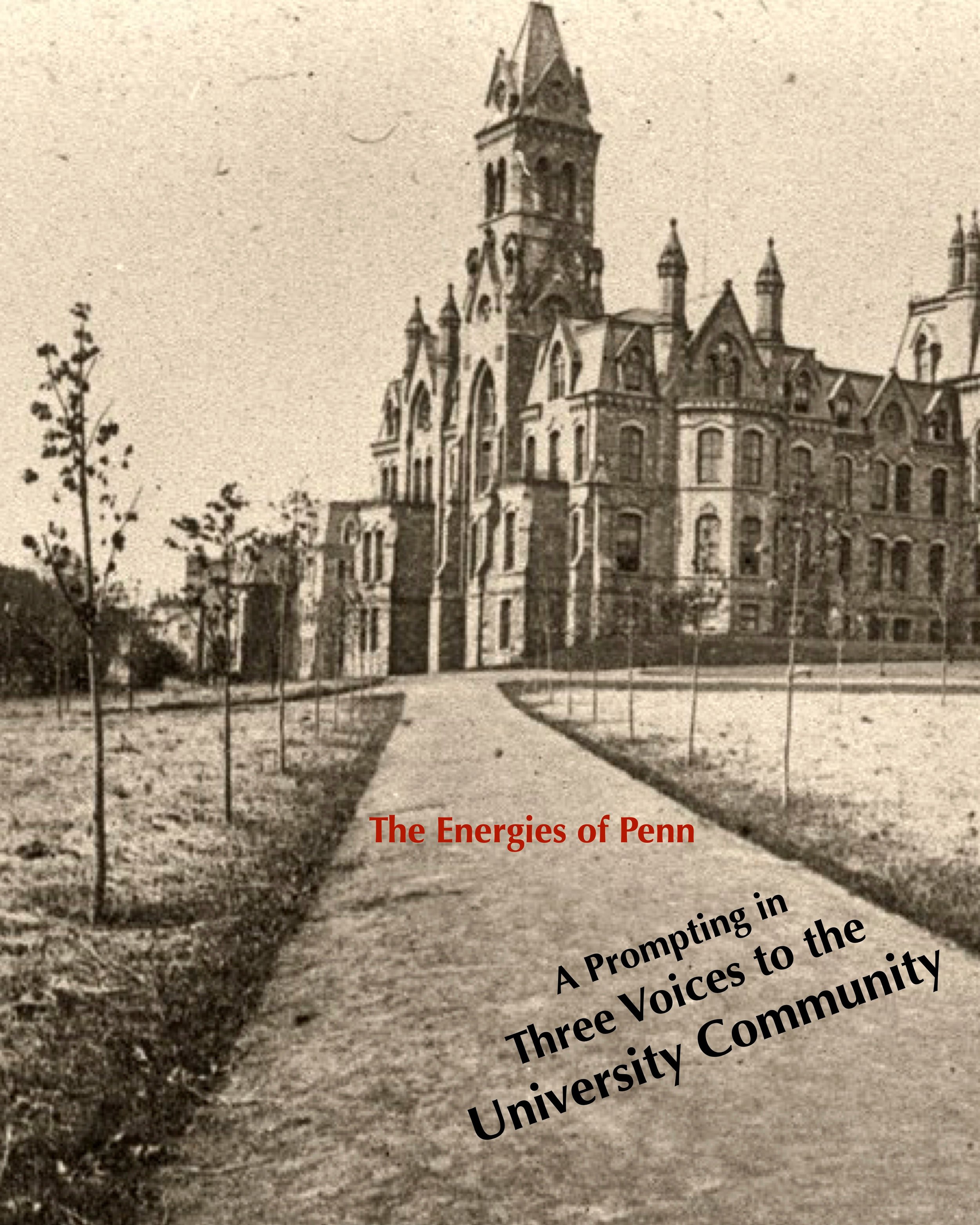Digital works
America’s First Petrochemical Corridor
Philadelphia was a first-order fossil fuel city. The South Philadelphia refinery complex operated continuously, in various forms, from 1870 to 2019. As a key hub for coal and petroleum distribution on the mid-Atlantic seaboard when that region was the most populous in the country, Philadelphia helped to push the industrializing United States up the ramp to an energy-intensive economy. That escalating pathway had—and continues to have—local and planetary consequences. Because of the timing and scale of Philadelphia’s influence on economy, energy, and climate, the City of Brotherly Love deserves another nickname: “Petrodelphia.”
The 2020 protests about memorial statues in Philadelphia and across the country exposed this truth: Arguments about the past are ideas about the future. Over fall semester 2021, a group of Penn juniors and seniors studied histories and legacies of the American memorial landscape. Despite the strain of Covid times, they formed a temporary community, and did compelling work as part of my course HIST 164, “American Monuments: Designs for the Future.” In their research, students focused on Philadelphia landscapes—past, present, and potential—including Penn’s own campus.
Reckoning with Fossil Fuel in Philadelphia (2025)
This reference work condenses the key findings of the multi-year collaborative research project “Petrodelphia” that resulted in the website America’s First Petrochemical Corridor. The document comprises six parts: 1) Executive Summary, 2) Interpretive Framework, 3) Major Takeaways, 4) Accident Statistics, 5) Remarkable Facts, and 6) Historical Chronology, 1821–2025.
The Energies of Penn (2023)
A visual adaptation of my Earth Week lecture “Penn, Fossil Fuel, and the History of the Future”—an attempt at reckoning with the University’s historical record on climate, environment, and sustainability. This compendium of words, images, and data visualizations is designed for the greater Penn community, especially students and alumni.
Restoring Greatness to Utah (2014)
Utah’s main population corridor, the Wasatch Front, could more properly be called the Wasatch Oasis, a land of lakes as much as mountains. But Utahns have largely turned their backs on the history and ecology of Utah Lake and Great Salt Lake, not to mention the geoheritage of ancestral Lake Bonneville. The valleys below the ancient shorelines have become showcases for improvident land use. Utah’s strong sense of place lacks a complementary ethic of place.
In Restoring Greatness to Utah—a sort of manifesto—I describe a once-and-future Salt Lake City affiliated with its namesake lake. I argue that Utahns will become better stewards of historic landscapes as well as better builders of urban habitats if they work from the bottom up, and turn from the lofty to the lowly. Historic maps, documentary photographs, and artistic imagery accompany this 12,000-word essay.
The Image of Mormons (2013)
A visual anthology of 700+ depictions of Latter-day Saints, including historic anti-Mormon propaganda as well as more recent public relations images promulgated by the LDS Church. Other than headings and citations, this curated picture book contains practically no text. It was designed so that teachers can easily extract material for lectures and primary source assignments.
Mormons in the Media (2012)
My outline history of Mormonism from the “Restoration” by Joseph Smith to the “Mormon Moment” starring Mitt Romney, with special attention given to Utah Mormons in the US public sphere. Written for a general audience in the year of the 2012 presidential election, this e-book includes more than 500 illustrations.




